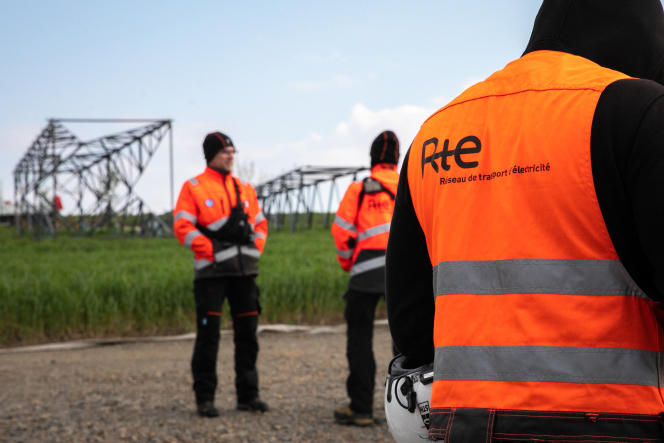At the end of 2021, the manager of the Electricity Transmission Network (RTE) published several scenarios allowing France to achieve its carbon neutrality objective in 2050. Since then, the adoption of the European legislation “Fit for 55” (“Adjustment to the 55″ objective) has increased the climate ambition of European countries, which have committed to reducing their greenhouse gas emissions by 55% compared to 1990 by 2030. At the same time, the war in Ukraine has reinforced France’s desire to gain energy independence and reindustrialize, to secure its supply chains.
In light of these developments, RTE detailed, Wednesday September 20, “the great seesaw” that the country will have to operate not by 2050, but over the next decade. This “provisional assessment 2023-2035”, published in the midst of the development of the new French Energy-climate strategy, firstly confirms that electricity consumption must grow rapidly to reach 615 terawatt hours (TWh) in 2035 (compared to 460 TWh in 2022), according to the so-called terawatt-hours (TWh) scenario. reference.
Electricity now represents a quarter of energy consumption, largely dominated by oil and gas. “This increase represents a break from past years, specifies Xavier Piechaczyk, chairman of the RTE board of directors. The extent of the increase and the horizon of this inflection are still uncertain. »
Four levers identified
Among the sectors expected to experience strong electrification is transport. In 2035, the vehicle fleet should include around 18 million light electric vehicles, compared to 25 million thermal cars. RTE has also revised upwards its prospects for the electrification of heavy goods vehicles, such as buses and trucks, with a target of 100,000 electrified vehicles in around ten years.
The production of low-carbon hydrogen by electrolysis in 2035 should also be greater than initially anticipated. “This could mobilize 65 TWh of electricity, which is quite significant, insists Thomas Veyrenc, executive director in charge of strategy and foresight at RTE. This will make it possible to decarbonize part of industry and certain heavy transport sectors. »
To cope with this increase in consumption, France needs to activate, “now and simultaneously”four levers already clearly identified: efficiency and sobriety first, in order to control demand, but also the massive development of renewable energies and maximizing the availability of the current nuclear fleet. “There is room for maneuver but it is not possible to completely give up on one of these levers”repeats Xavier Piechaczyk.
You have 55.98% of this article left to read. The rest is reserved for subscribers.
